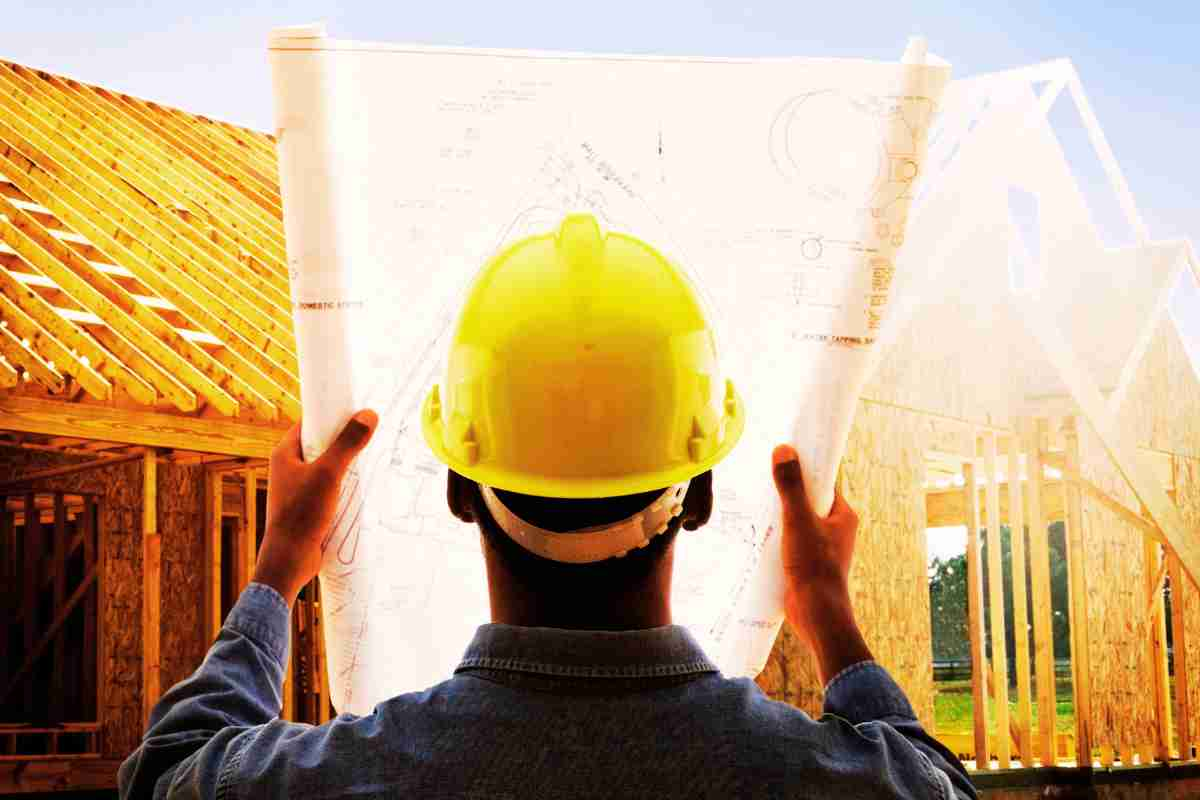Why Smart Contractors Rely on Construction Progress Monitoring Software for Timely Renovations
Smart contractors use progress monitoring software to avoid delays, control budgets, and ensure timely renovations—gaining a clear edge in project management.

In the fast-paced world of construction and renovation, delays can be costly. Missed deadlines lead to budget overruns, frustrated clients, and damaged reputations. To avoid these pitfalls, smart contractors are turning to technology—specifically, construction progress monitoring software—to keep projects on track.
This powerful tool helps teams track work progress, identify bottlenecks, and ensure timely completion. Whether managing a small home renovation or a large commercial project, contractors who leverage this software gain a competitive edge. Below, we explore the key reasons why this technology is indispensable in modern construction management.
1. Real-Time Progress Tracking Enhances Accountability
One of the biggest challenges in construction is ensuring that all teams—subcontractors, suppliers, and laborers—are aligned. Traditional methods like manual logs and spreadsheets are prone to errors and delays.
With construction progress monitoring software, contractors get real-time updates on every aspect of the project. Supervisors can:
- Monitor daily progress
- Compare planned vs. actual timelines
- Identify delays before they escalate
This transparency fosters accountability among team members, reducing the risk of miscommunication and ensuring that everyone stays on schedule.
2. Improved Communication Between Stakeholders
Renovation projects involve multiple stakeholders—clients, architects, engineers, and subcontractors. Keeping everyone informed is critical to avoiding misunderstandings.
Construction progress monitoring software acts as a centralized hub where all parties can access updates, photos, and reports. Instead of relying on back-and-forth emails or phone calls, stakeholders can:
- View real-time progress dashboards
- Receive automated notifications for milestones
- Provide instant feedback
This seamless communication minimizes delays caused by approval bottlenecks and ensures that decisions are made quickly.
3. Accurate Documentation Reduces Disputes
Disputes over project timelines and work quality are common in construction. Without proper documentation, contractors risk legal challenges and payment delays.
Modern construction progress monitoring software automatically logs:
- Timestamps of work completed
- Photo and video evidence of site conditions
- Change orders and approvals
This digital paper trail protects contractors in case of disputes, ensuring that they have verifiable proof of work completed.
4. Predictive Analytics Helps Avoid Delays
Proactive contractors don’t just react to problems—they anticipate them. Advanced construction progress monitoring software uses predictive analytics to:
- Forecast potential delays based on current progress
- Suggest corrective actions
- Optimize resource allocation
For example, if the software detects that a subcontractor is falling behind, managers can quickly reassign tasks or adjust schedules to prevent a domino effect on the project timeline.
5. Cost Control Through Efficient Resource Management
Budget overruns are a nightmare for contractors and clients alike. Without proper oversight, small inefficiencies can snowball into major financial losses.
Construction progress monitoring software helps contractors:
- Track labor hours and productivity
- Monitor material usage and waste
- Compare estimated vs. actual costs
By identifying inefficiencies early, contractors can make adjustments before costs spiral out of control.
6. Enhanced Client Satisfaction and Trust
Clients hiring contractors for renovations want transparency. They don’t like being left in the dark about progress or unexpected delays.
With construction progress monitoring software, contractors can:
- Share live updates with clients via secure portals
- Provide visual proof of work (photos, 3D models, drone footage)
- Set realistic expectations based on data-driven insights
Happy clients lead to repeat business and referrals, making this software a valuable tool for long-term success.
7. Compliance and Safety Monitoring
Construction sites must adhere to strict safety and regulatory standards. Non-compliance can result in fines, work stoppages, or even accidents.
Progress monitoring software helps ensure compliance by:
- Tracking safety inspections and permits
- Flagging potential hazards
- Maintaining audit-ready records
This proactive approach reduces risks and keeps projects moving smoothly.
Conclusion: A Must-Have Tool for Modern Contractors
In an industry where time is money, construction progress monitoring software has become essential for contractors who want to deliver projects on time and within budget. From real-time tracking to predictive analytics, this technology streamlines operations, enhances communication, and boosts client satisfaction.
Smart contractors know that relying on outdated methods is no longer an option. By integrating construction progress monitoring software into their workflows, they gain the precision, efficiency, and transparency needed to stay ahead in a competitive market.
Whether you’re a small renovation specialist or a large-scale contractor, adopting this technology could be the key to completing projects faster, smarter, and with fewer headaches. The future of construction is digital—don’t get left behind.




Comments ()